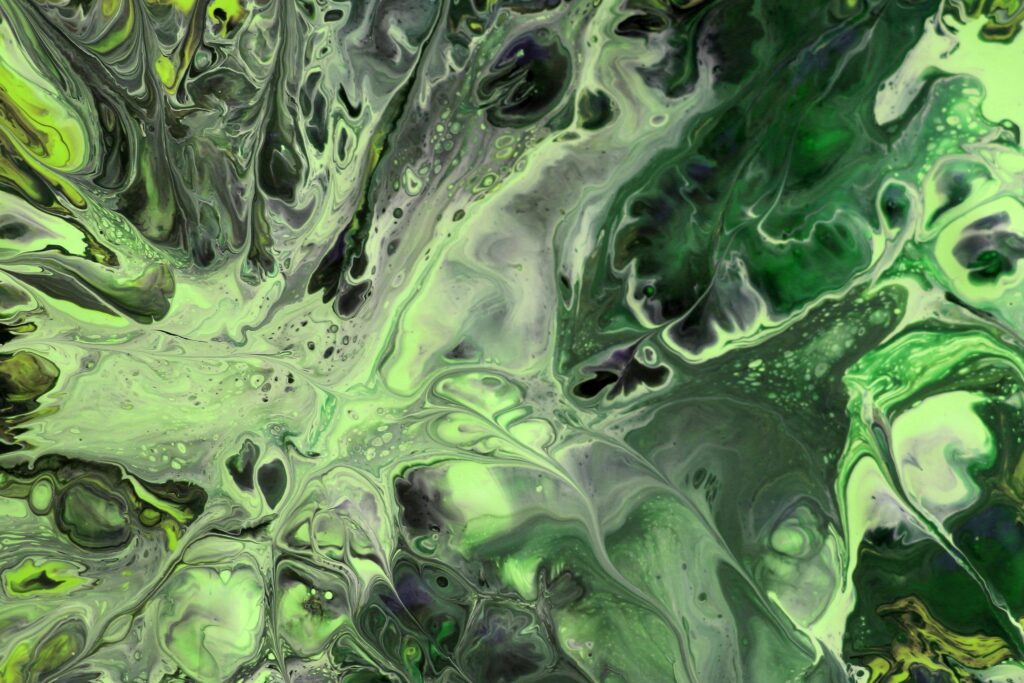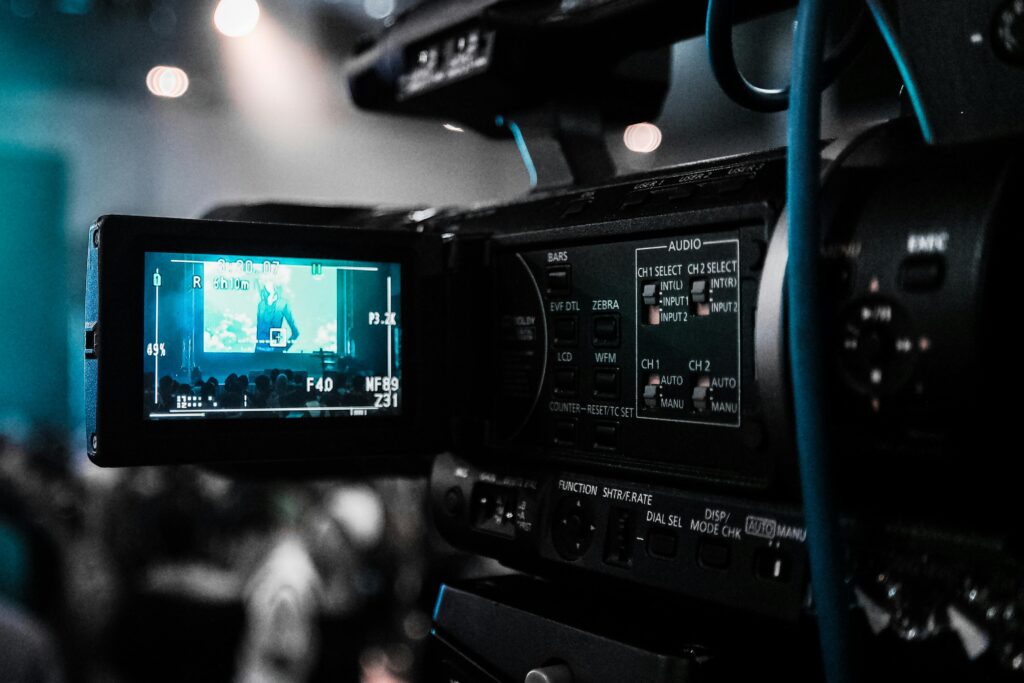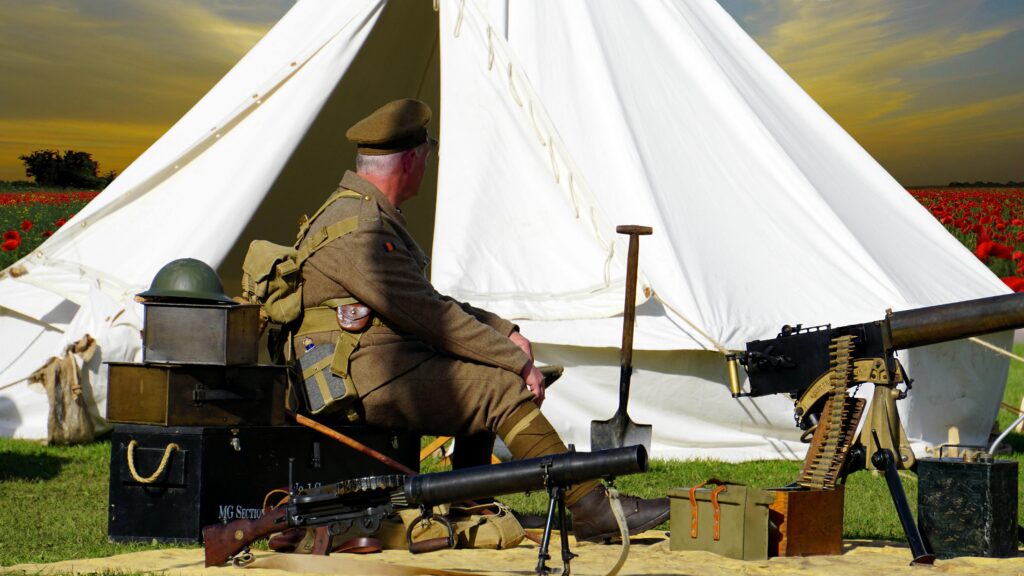Texture in art is a fundamental element that adds depth, dimension, and visual interest to artworks. By understanding and utilizing various textures, artists can evoke emotions, guide viewers’ attention, and create a sense of realism. This article delves into the different types of texture, techniques for creating them, and their impact on art.
Types of Texture in Art
Texture in art can be broadly categorized into two types: actual (tactile) texture and visual (implied) texture.
Actual Texture
Actual texture refers to the physical surface quality of an artwork that can be felt by touch. This is commonly found in three-dimensional art forms like sculpture, where materials such as marble, wood, or metal contribute to the tactile experience. Techniques like impasto, where paint is applied thickly, also create actual texture in paintings. )
Visual Texture
Visual texture, or implied texture, is the illusion of texture created through artistic techniques. Artists use lines, shading, and color to simulate the appearance of texture on a flat surface. For example, a painter might depict the roughness of tree bark or the softness of fur through careful brushwork and color variation. )
Techniques for Creating Texture
Artists employ various methods to introduce texture into their work, enhancing the sensory experience for viewers.
Impasto
Impasto is a painting technique where paint is laid on the surface thickly, making brush or palette knife strokes visible. This method adds a three-dimensional quality to the artwork, allowing light to interact with the peaks and valleys of the paint. )
Grattage
Grattage involves scraping or scratching wet paint to reveal underlying layers or create patterns. This technique, often associated with Surrealist artists like Max Ernst, introduces unexpected textures and adds an element of spontaneity to the work. )
Collage
Collage is the assembly of various materials such as paper, fabric, or found objects onto a surface. This technique creates a rich, tactile experience and allows artists to explore different textures within a single piece.
Rubbing (Frottage)
Rubbing, or frottage, is a method where artists place paper over a textured surface and rub it with a drawing tool to capture the texture. This technique can be used to create intricate patterns and add depth to drawings. )
The Impact of Texture in Art
Incorporating texture into art serves multiple purposes, from enhancing realism to evoking emotional responses.
Adding Depth and Dimension
Texture can create shadows, highlights, and patterns that add depth to two-dimensional artworks, making them more lifelike and engaging. For instance, the use of impasto can give a painting a sculptural quality, drawing viewers into the scene. )
Guiding Viewer Attention
Artists use texture to direct the viewer’s eye to specific elements within the composition. By varying textures, they can create focal points and emphasize particular aspects of the artwork. )
Evoking Emotional Responses
Different textures can elicit various emotions. Smooth, soft textures might convey calmness and serenity, while rough, jagged textures can evoke tension or unease. This emotional engagement adds depth to the viewer’s experience. )
Texture in Film and Media
Texture is not limited to traditional visual arts; it plays a significant role in film and media as well.
Set Design and Cinematography
In filmmaking, the texture of sets, costumes, and props contributes to the visual storytelling. For example, the gritty, worn textures in “Children of Men” (2006) enhance the film’s dystopian atmosphere. )
Animation and Digital Art
In animation, texture adds realism and depth. Techniques like texture mapping in 3D modeling allow artists to simulate various surfaces, from rough stone to smooth metal, enhancing the visual appeal and believability of animated worlds. )
Common Questions About Texture in Art
- What is the difference between actual and visual texture? Actual texture is the physical quality that can be felt by touch, while visual texture is the illusion of texture created through artistic techniques.
- How does texture affect the mood of an artwork? Texture can evoke emotions; smooth textures may convey calmness, while rough textures can create a sense of tension.
- Can texture be used in digital art? Yes, digital artists use techniques like texture mapping to simulate various surfaces and add depth to their work.
- What materials can be used to create texture in art? Artists can use a variety of materials, including paint, fabric, paper, and found objects, to create texture.
- Is texture important in abstract art? Yes, texture adds visual interest and can convey meaning even in non-representational art.
- How can I practice creating texture in my artwork? Experiment with different materials and techniques, such as impasto, collage, and frottage, to explore various textures.
- Does texture play a role in photography? Yes, photographers use lighting and composition to capture and emphasize textures in their subjects.
- Can texture be overused in art? While texture adds interest, overusing it can overwhelm the composition; balance is key.
Understanding and effectively utilizing texture allows artists to create more engaging and dynamic artworks. Whether through actual tactile surfaces or the illusion of texture, this element plays a crucial role in the visual and emotional impact of art.


